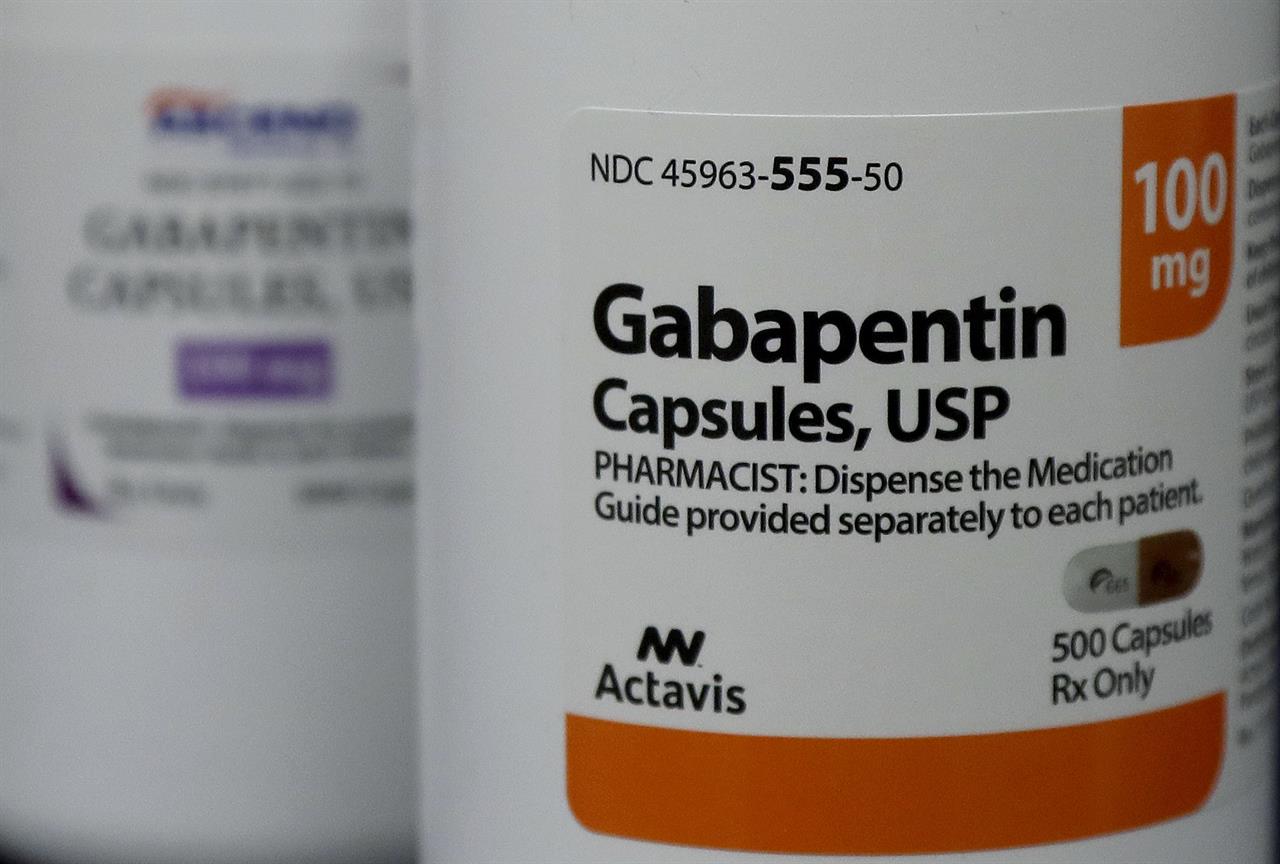

It is common for people using narcotic medications daily to gradually become more tolerant of and even physically dependent on the medications. The added medication for breakthrough pain may be a faster-acting version of the round-the-clock medication or a completely different narcotic. Breakthrough pain often peaks within 5 to 15 minutes, though there is considerable variation. Rather than use more of the same narcotic used for chronic pain, breakthrough pain is usually treated with another narcotic medication better suited due to its sudden onset and short duration. It is often important to note alleviating and aggravating factors contributing to this pain. Keeping track of the circumstances preceding a flare can help patients and their doctors develop a strategy to prevent or minimize the pain. In other cases, certain activities can trigger breakthrough pain. The majority of flares do not have a clear cause, and the unpredictable nature of the pain can be disruptive and stressful. 2Įstimates vary, but medical research indicates breakthrough pain occurs in about 70% of people with chronic non-cancer pain, and in up to 65% of people with chronic cancer pain. A large number of people who experience breakthrough pain have low back pain or arthritis pain. Research on breakthrough pain initially focused on people with cancer, but it is now generally recognized in patients with chronic pain non-cancer pain as well. This article discusses the course of breakthrough pain, medication options, and other strategies for controlling or reducing the pain. The median occurrence was two per day, and the median length of time for a flare was 45 minutes. In a national research study, patients with chronic pain who were being treated with narcotics reported one to 50 flares a day. The term breakthrough pain stems from the nature of the pain, which breaks through the protection offered by narcotic medications. It typically reaches a peak quickly, then dissipates in less than an hour, but may last longer. People taking narcotic pain medication around the clock may experience sudden, more intense spikes of pain called breakthrough pain.Īlso called flare-ups or flares, breakthrough pain has a distinct pattern. Spinal Cord Stimulation for Chronic Back & Neck Pain.Lumbar Herniated Disc: What You Should Know.Ask the Experts: Which Tests Are Best for Diagnosing Low Back Pain?.Transforaminal Epidural Steroid Injections.The Experts Weigh In on Low Back Pain Treatments.Spinal Cord Stimulation & What Conditions it Can Treat.Cervical Facet Radiofrequency Neurotomy.Diagnosing & Treating Spinal Cord Injuries.Diagnosing & Treating Spondylolisthesis.A “Walking Time Bomb,” Now Back on Track.

A Patient’s Perspective: Stefano Kaslowski.Diagnosing & Treating Spinal Schwannomas.Doctors Who Treat Spinal Compression Fractures.Surgery for Spinal Compression Fractures.Diagnosing & Treating Spinal Compression Fractures.Symptoms of Spinal Compression Fractures.Spinal Compression Fractures show submenu.Minimally Invasive Surgery for a Herniated Disc.Doctors Who Treat Ankylosing Spondylitis.Diagnosing & Treating Ankylosing Spondylitis.


 0 kommentar(er)
0 kommentar(er)
